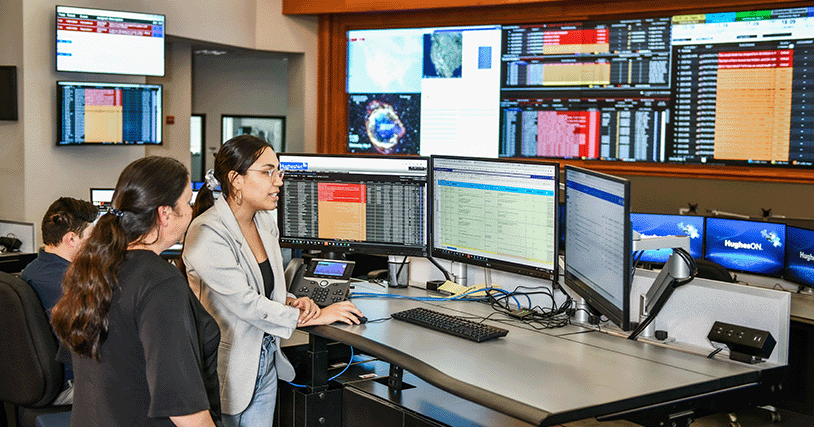
Cyber criminals are an opportunistic lot. They’re not working 9-to-5. They’re relentless, aggressive and inventive, on the hunt for vulnerable networks 24/7. It stands to reason then, that businesses of all sizes must monitor their networks for threats and alerts ‘round the clock. Yet, the sheer volume of threats is causing a dangerous trend: “Alert Fatigue.” It occurs when security teams are inundated with alerts and don’t have the time to analyze or prioritize them all.
While attackers continually change their strategies, common threats today are Malware (viruses, trojans, ransomware and spyware); Phishing (including spear-phishing aimed at specific people or companies and whaling attacks of senior executives); Man-in-the-Middle attacks that interrupt two-party transactions; Denial of Service attacks which overload system resources and bandwidth; SQL injections which plant malicious code into servers; Zero-day Exploits which capitalize on network vulnerabilities as soon as they’re announced; Rootkits which gain admin level access over a system through legitimate software; password attacks and so much more! In the malware category alone, Web Arx Security noted 300,000 new pieces of malware are created daily.
It's no wonder IT teams get overwhelmed. Unfortunately, having the right tools in place for an effective response isn’t helpful if alerts aren’t analyzed and acted upon in a timely fashion.
Rather than accept the risks associated with alert fatigue, businesses can rely on Security Operations Center-as-a-Service (SOCaaS) options from a Managed Security Service Provider (MSSP) like Hughes. An MSSP provides outsourced monitoring and management of security devices and systems, along with managed security firewall, intrusion detection, vulnerability scanning and anti-virus services.
The SOCaaS model delivers advanced skills and professional consulting expertise in:
- Security – Years ago, networks were secured through simple managed firewalls (with whitelists and blacklists). Then came the emergence of Unified Threat Management, or UTM, which includes anti-virus, web content filtering, network access controls and vulnerability management activities. Now, we’ve entered the age of Security Information and Event Management (SIEM), which enables security teams to more easily review critical and high security events that may require action.
- Networking – We’ve also gone from simple, closed private networks to open networks with an array of cloud applications and IoT-enabled services. Enterprises, therefore, require a much broader portfolio of network security services to protect their open and interconnected systems.
- Cloud environments – Across all industries and types of enterprises, as enterprises shift away from traditional data centers to the Cloud, the old approach of securing physical locations or access points along the network is insufficient when there are seemingly endless numbers of devices and users needing secure network and Cloud access.
- Industry requirements – Retailers and businesses that process credit card transactions must also be Payment Card Industry (PCI) compliant to protect customer data. In the event of a breach, an organization that is not PCI compliant will be responsible for any resulting losses.
With a strong SOCaaS partner, an organization can rely on up-to-date capabilities, skills and technologies to respond to emerging threats; secure the network across all environments and situations; and stay compliant with changing industry regulations even as the nature of threats evolve.
Even if an enterprise has an existing security team in place, it can use SOCaaS to dramatically increase capabilities and effectiveness – and combat alert fatigue. An MSSP-run SOC can augment in-house staff to review and assess alerts and provide the expertise and tools to automate the sorting process if desired to ensure immediate assessment as threats arise. With higher-confidence alerts come faster and more efficient remediation.
Today, it’s no longer enough to simply detect attacks, businesses must also be able to respond to them in near real-time, 24/7/365. That is not likely to change. With SOCaaS however, any business can benefit from dedicated and uncompromising 24/7/365 security, improving its ability to protect the network and all of its connected devices, stay compliant with security-based regulations, and eliminate the risks and dangers of alert fatigue.